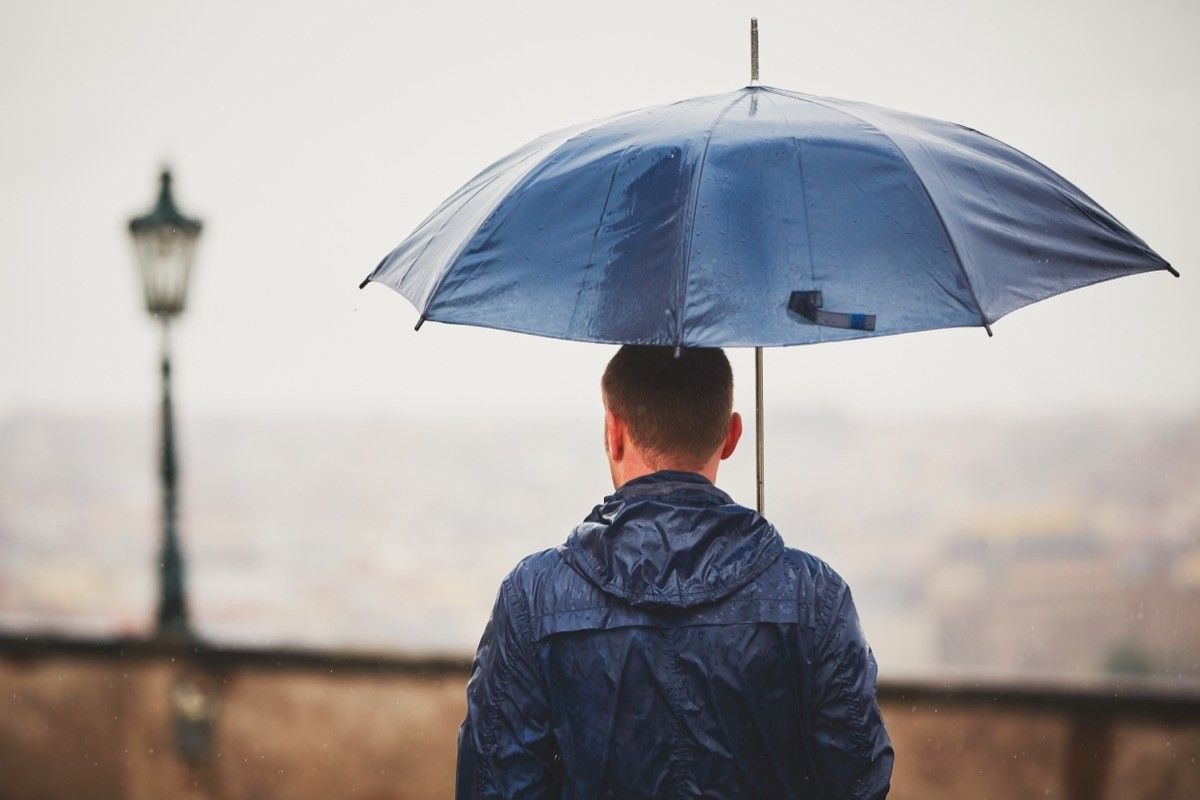RELATED: If You See This While Driving, Turn Around Immediately, CDC Says. According to the CDC, men make up 85 percent of fatal lightning strike victims. Men are also five times as likely to be struck by lightning, either fatally or non-fatally, than their female counterparts. In addition to being predominantly male, 41 percent of individuals struck by lightning are between ages 15 and 34.ae0fcc31ae342fd3a1346ebb1f342fcb The risk of being struck by lightning is also significantly higher in the summer, with July being peak season for lightning strikes, and most individuals being struck by lightning between noon and 6 p.m. For more summer safety news delivered straight to your inbox, sign up for our daily newsletter! Your occupation may also be a major determinant of your risk of being struck by lightning. According to CDC data, over a third of deaths due to lightning strikes happen on farms. It’s not occupational hazards alone that can make you more susceptible to being struck by lightning, though. The National Oceanic and Atmospheric Association (NOAA) reports that, between 2006 and 2013, 64 percent of lightning deaths were associated with leisure activities, with approximately 10 percent of leisure-related lightning fatalities associated with fishing, followed by camping, boating, soccer, and golf. Though lightning strikes the earth over eight million times a day, only 35 people in the U.S. are killed by lightning each year. However, certain states are home to significantly higher rates of lightning strike deaths. According to data from the Lightning Safety Council, Florida has the greatest number of annual lightning strike deaths, followed by Texas, Alabama, Arizona, North Carolina, Colorado, Missouri, Pennsylvania, Louisiana, and Georgia. While heading inside during a thunderstorm may significantly reduce your risk of being struck by lightning, that doesn’t mean you’re in the proverbial clear. The CDC reports that approximately one third of lightning strikes occur indoors. This can happen through a variety of means, including touching electrified water while cleaning or bathing, or coming into contact with conductive materials that have become electrified. While being struck by lightning may be a threat both indoors and outdoors during storms, there is some good news. Despite what many people assume, being struck by lightning has a relatively low fatality rate. According to the National Weather Service, approximately 90 percent of individuals struck by lightning survive, although many are left with lingering injuries and disabilities associated with being struck. RELATED: If You See This at the Beach, Don’t Go in the Water, Experts Warn.



